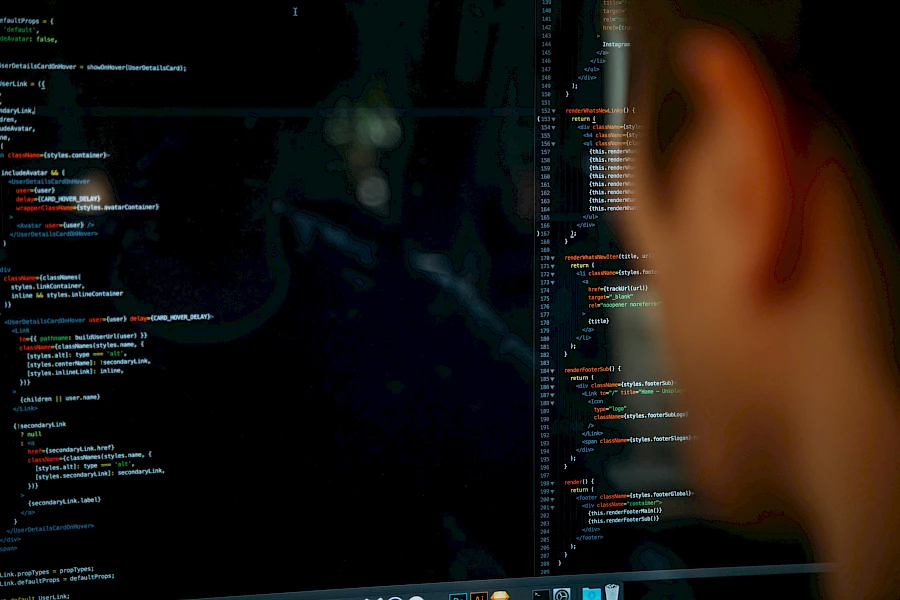
全栈开发是指网络或移动应用程序的端到端开发,包括前端和后端开发。全栈开发人员精通客户端和服务器端技术,能够跨整个软件栈开发功能齐全的应用程序。要成为一名全栈开发人员,需要掌握各种技术和框架,包括 HTML、CSS 和 JavaScript 等前端语言以及后端语言、数据库、服务器等。

Full-stack development refers to the end-to-end development of software applications. A full-stack developer is someone who can handle all the work of databases, servers, systems engineering, and clients.
In a typical software project, there are two major sides: the front end and the back end. The front end refers to the client-side of the application - this is the user interface and functionality that runs in the user's browser. Technologies for front-end development include HTML, CSS, JavaScript, and front-end frameworks like React and Angular.
The back end refers to the server side of the application. This is the behind-the-scenes logic that handles data, database interactions, business logic, authentication, APIs, servers, and more. Back-end technologies include programming languages like Java, Ruby, Python, PHP, and .NET and back-end frameworks like Spring, Django, Ruby on Rails, and Laravel.
A full-stack web developer is someone who can work with both the front-end and back-end portions of a project. This requires a broad set of technical knowledge and skills. While many programmers specialize in one area, like front-end or back-end development, a full-stack programmer can design complete web application architecture from start to finish. Being a full-stack developer allows greater flexibility and marketability as you can work on diverse types of projects and bring a wider perspective to product development. Most startups and smaller companies look for full-stack engineers who can take on multiple roles.
In summary, full-stack development involves expertise in diverse client-side and server-side technologies and frameworks to build complete web-based software solutions. A full-stack developer has the ability to work on both the front-end application logic and design along with the back-end databases, APIs, servers, and infrastructure.